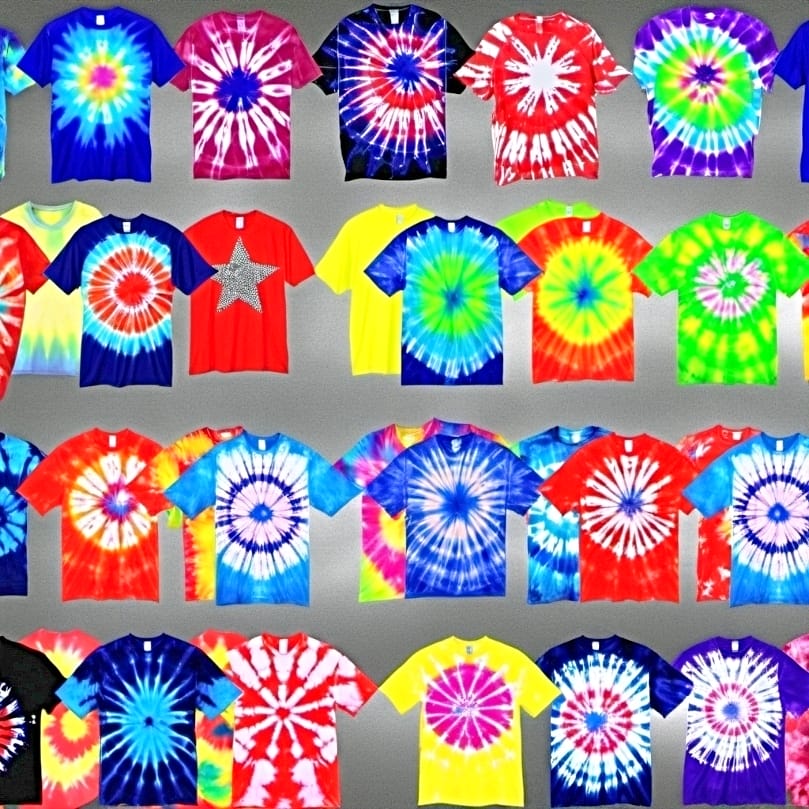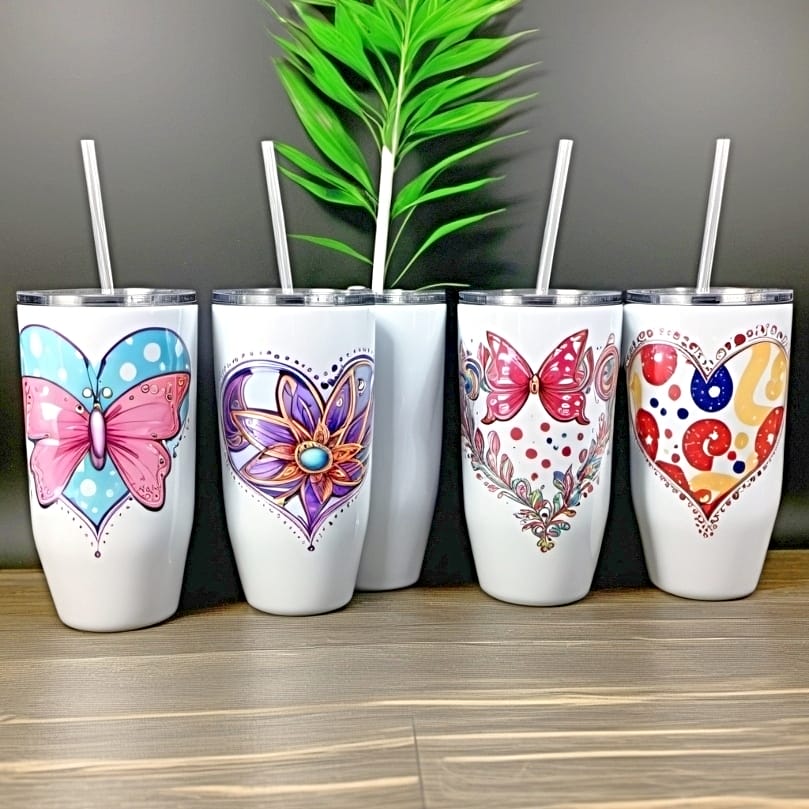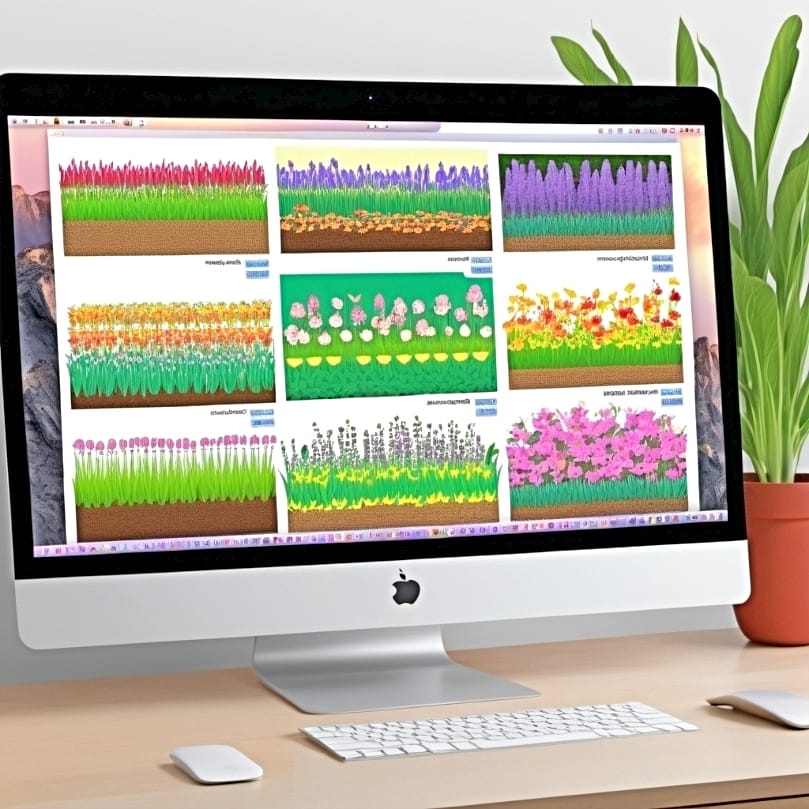Table of Contents
ToggleLearn how to infuse a burst of everlasting color into your garments with sublimation tie dye, the technique that ensures your creations stand up against time and wear. Sounds exciting, eh? In this comprehensive guide, you’ll be walked through the essential steps—from choosing the right materials to mastering the dyeing process—to achieving vibrant, wash-resistant designs. Get ready to transform ordinary clothing items into lasting works of wearable art! Jump right in to the beautiful world of sublimation tie dye!
Key Takeaways
- Sublimation tie dye is an eco-friendly, durable method for creating detailed designs on a shirt with minimal water use and non-toxic inks, suitable for all styles and preferences.
- It’s essential to use high-quality sublimation printers, inks, and papers, and proper fabric preparation with high-polyester-content shirts to ensure bright and lasting designs.
- The process combines choosing the right design, background, and appropriate folding techniques with step-by-step sublimation, potentially using alternative methods like Infusible Ink for different tie-dye effects.[1]
The Art of Sublimation Tie Dye
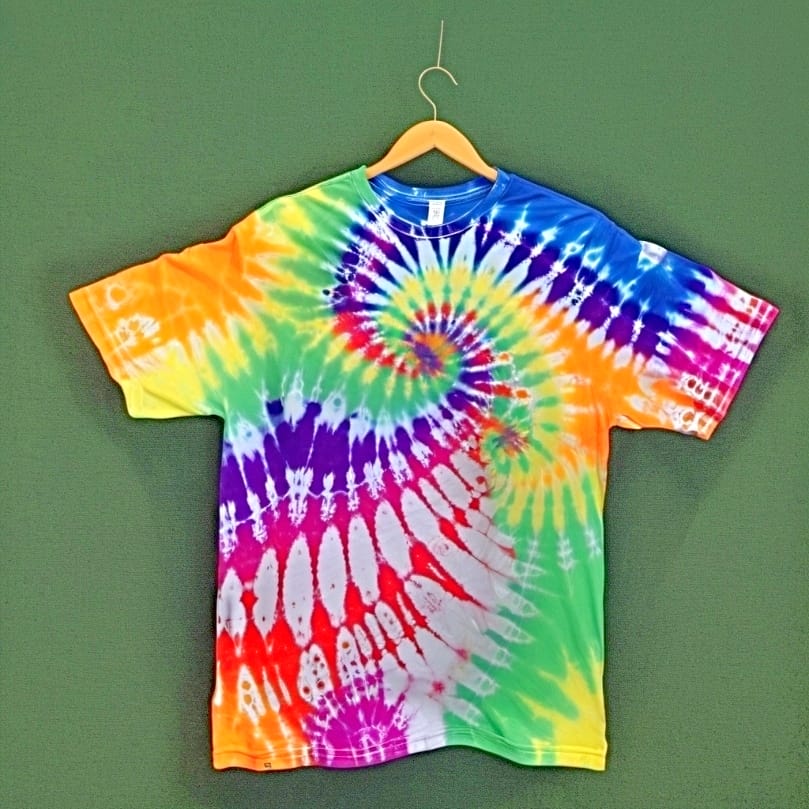
Sublimation tie dye, also known as sublimation print, allows the creation of striking designs, packed with fine details on a sublimation tie dye shirt. It’s a method recommended for those looking to create cute and unique shirts quickly, offering a new experience in garment decoration with the sublimation version of tie dye.
This method guarantees durable and long-lasting tie dye designs, resistant to washing out, cracking, or peeling over time. Isn’t it exciting to think about the endless possibilities you can explore with sublimation tie dye?
Understanding Sublimation Tie Dye
The eco-friendly nature of sublimation tie dye is one of its fascinating aspects. It involves the use of non-toxic, eco-friendly inks and requires minimal water use, distinguishing it from other dye transfer techniques. This means you can indulge in your creative pursuits while being kind to our planet. Isn’t that a win-win situation?
In addition to being eco-friendly, the process produces vibrant and long-lasting sublimation prints, thanks to high-quality sublimation inks and papers. The technique is suitable for creating highly detailed designs, including complex patterns, gradients, and artwork with multiple colors. Whether you’re a fan of simplistic designs or intricate patterns, sublimation tie dye caters to all preferences.
Materials Needed for Sublimation Tie Dye
Let us now discuss the necessary tools for the process. Essential supplies for sublimation tie dye include:
⫸ Click Here For Best Selling Sublimation Printers And Products ⫷- Sublimation printer
- Compatible ink
- Sublimation paper
- Heat press
- Heat-resistant tape
It’s like your very own DIY kit ready to bring your creative ideas to life!
When it comes to sublimation paper and ink, quality matters. Asub 125 paper from Amazon and Cosmos Ink come highly recommended for use in sublimation tie dye. And don’t forget to have some white butcher paper at hand. It’s used to protect your working surface during the sublimation tie dye process.
Choosing the Perfect Design and Background
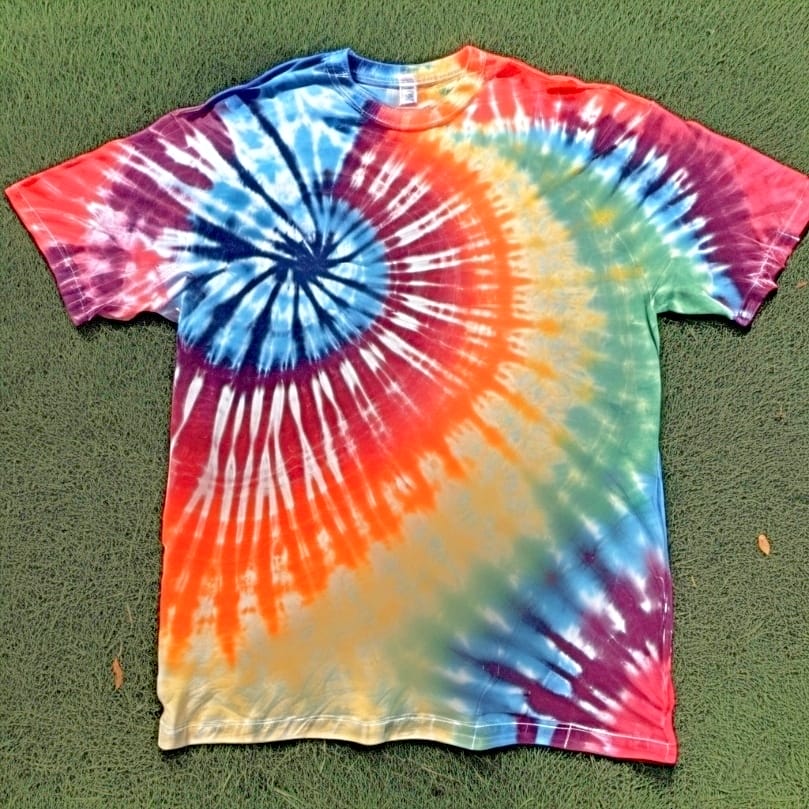
Having gathered the right materials, the next step is to choose the perfect design and background for your project. The beauty of sublimation tie dye lies in its flexibility. It caters to various themes and personalization needs, allowing you to express your unique style.
The background plays a pivotal role in sublimation tie dye. Digital paper backgrounds offer diverse design bases for creative projects. Online marketplaces like DesignBundles or Etsy provide a plethora of digital paper background options, featuring patterns such as leopard prints, mermaid scales, and stripes, all ideal for sublimation tie dye. Whether you aim for a wild, whimsical, or classic look, a suitable background to match your vision is available.
Design Types and Combinations
Sublimation tie dye offers a wide spectrum of design types and color combinations, allowing you to create an array of visual effects. For instance, bright color combinations like red, purple, and blue are ideal for achieving a vibrant rainbow effect. Want something more subtle for everyday wear? Pastel color schemes like light yellow, purple, green, and pink can create a ‘Hazy Rainbow’ effect that’s equally stunning, while traditional tie dye techniques offer their own unique charm.
You can also experiment with monochromatic color schemes, which utilize shades of the same color to create a cohesive and thematic look, such as an oceanic aesthetic using different shades of blue. Or try color combinations that mimic natural elements, like using vivid strokes of pink and coral to resemble coral reefs. The options are limitless, leaving the choice entirely up to you!
Sizing and Mirroring Designs
Having chosen your design and color scheme, it is important to size the design appropriately for the shirt. This includes both the design scale and the correct placement on the garment. For instance, smaller designs about 6 inches wide are ideal for children’s shirts, while proportionally larger designs work well for adult-sized garments.
Another important aspect to consider is mirroring the design before printing. This is particularly crucial for text and specific design elements to maintain the correct orientation after transfer by the heat press. So remember, always mirror your designs before printing them out!
Preparing Your Shirt for Sublimation Tie Dye
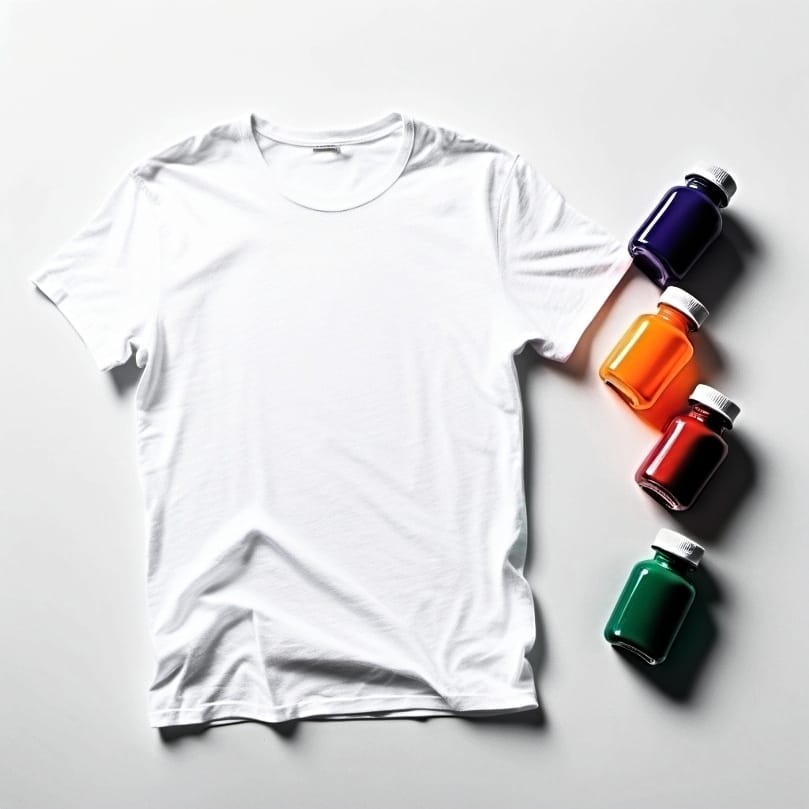
Before embarking on the process of sublimation tie dye, it is crucial to prepare the shirts. Here are the steps to follow:
- Select a fabric with a high polyester content for the best results. The higher the polyester content, the more vibrant your design will be.
- Use a lint roller over the front and back of the shirt to remove any stray fibers or lint.[2]
- Preheat your heat press to 385°F.
- Press each section of the shirt for 10 seconds to eliminate wrinkles and moisture.
Now, you’re all set for the sublimation tie dye process!
Selecting the Right Fabric
Selecting the appropriate fabric is integral to the process. For optimal sublimation tie dye results, the process requires the use of light-colored polyester, blends, or polymer-coated fabrics, as these materials are best suited for the ink to bond effectively. To achieve the highest color vibrancy, it’s recommended to use shirts that are as close to 100% polyester as possible, ideally new and white.
While synthetic materials with high polyester contents are preferable for sublimation, cotton requires a special pre-treatment spray or coating to adequately bond with sublimation ink. So, make sure to choose your fabric wisely, such as a polyester shirt, to get the best out of your sublimation tie dye project. You can learn more about sublimation on black shirts in my separate article.
Cleaning and Prepping the Shirt
With the right fabric chosen, the next step is to clean and prepare your shirt. A lint roller is essential to prevent splotches in the transfer by removing any dust or lint on the shirt prior to sublimation. The shirt should be treated with a lint roller on both the front and back, as well as on the surface where pressing will occur, to ensure a clean area free of debris.
Your tie dye shirt is now ready for some sublimation tie dye magic. Get ready to witness a stunning transformation!
Mastering Different Folding Techniques
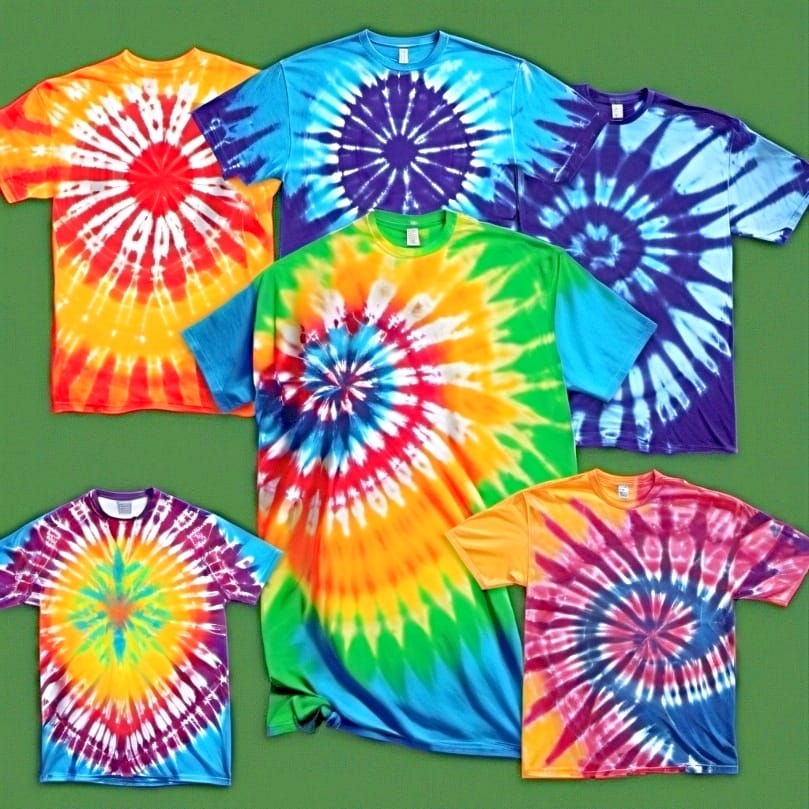
With your shirt prepared, it is time to explore various folding techniques to enhance your designs. Various folding techniques allow for a variety of unique and vibrant patterns to be created on the fabric. From accordion folds to spirals and scrunching, each technique lends a distinct touch to your sublimation tie dye creations, making them truly one of a kind.
Accordion Fold Technique
The accordion fold technique is a popular choice for creating horizontal, vertical, or diagonal stripes on tie-dye shirts. You can start by laying out the damp shirt and performing accordion folds from one side to the other, typically starting at the bottom and working upwards for horizontal stripes.
Vertical patterns can be achieved by folding the shirt in half vertically, then accordion pleating from the base to the top. For diagonal stripes, start accordion folds at different locations on the shirt. Once you’ve achieved the desired folds, secure them with rubber bands spaced several inches apart to maintain the folds during the dyeing process.
Scrunching Method
The scrunching method is another simple and effective technique for creating organic, randomized patterns in your sublimation tie dye designs. Start by scrunching the shirt towards the center, creating an organic and random pattern in the design. For more intricate designs, the scrunching method can be repeated with multiple pressings, where each time the shirt is refolded to reveal new areas for dye application.
After pressing and allowing the shirt to cool, re-fold it in a different spiraled direction to add new layers of color, repeating the heating process if desired. This method allows for a lot of creativity and personalization, so feel free to experiment and create your own unique patterns!
The Sublimation Tie Dye Process: Step-by-Step

Having covered the basics, we can now proceed to the exciting part – the actual process of sublimation tie dye! Here are the steps to follow:
- Start with a standard size 8.5×11” sublimation paper, or a larger size depending on the shirt.
- Place a clean sheet of white cardstock between the front and back of the t-shirt to prevent bleed-through.
- Print your sublimation design and align the sheets on your folded or scrunched shirt.
- Secure the sheets with heat tape, ensuring the entire project is under the sublimation paper.
Printing and Cutting the Design
The first step in the process is to print your sublimation design. Here are some tips to ensure quality prints:
- Use recommended sublimation paper like Asub 125.
- Use compatible sublimation ink such as Cosmos Ink.
- Ensure the printer is set to ‘borderless printing’ to maximize the design area on the sublimation paper.
- Mirror the design using graphic software like Photoshop or use printer settings that automatically mirror prints.[3]
For large shirt designs, print and use two sheets of sublimation paper to achieve a larger tie-dye effect. Choose paper sizes that match or exceed the shirt size, like 8.5×14” or 8.5×17” for adult shirts, to ensure full coverage. Now, your design is ready to be brought to life!
Applying the Design and Pressing
Once the printing is done, the design can be applied to the shirt. Here’s how:
- Preheat the entire shirt before sublimating, working in sections, to help prepare the shirt.
- Place the shirt on butcher paper to protect the surface underneath from ink bleed during the heat pressing process.
- Apply light to medium pressure, around 35 to 50 psi, for pressing sublimation designs onto polyester fabric.
- Set the temperature range to 375°F to 400°F.
- Press the design for a typical time range of 40 to 75 seconds.
Be sure to use heat-resistant tape to prevent the design from shifting during transfer and to ensure correct alignment on the shirt. After the initial press, the shirt should be flattened out and allowed to cool for a minute or two before the final design is applied; applying the design to a hot shirt can cause premature transfer and distort the design. After pressing, all materials are removed from the shirt, revealing the finished sublimation tie-dye design. I explain the concept of mastering 3D sublimation designs here.
Infusible Ink Alternative
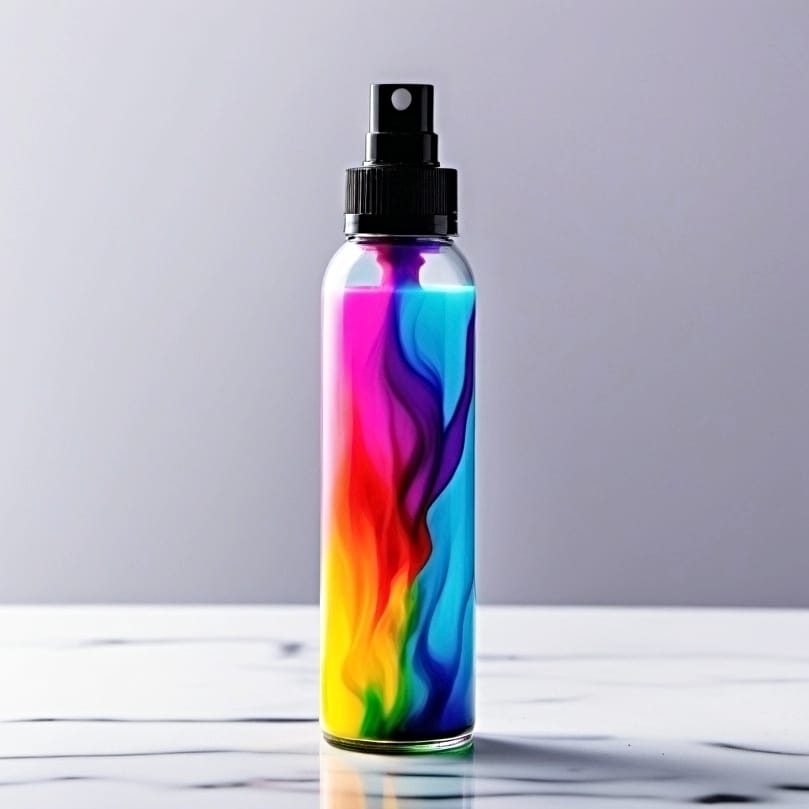
Aside from the amazing results of sublimation tie dye, another method worth considering is the Infusible Ink alternative. This method allows you to achieve tie-dye effects on t-shirts without the need for sublimation ink or a sublimation printer. It’s an accessible option for more DIY enthusiasts and is a fantastic way to create vibrant tie-dye designs without the specific requirements of sublimation printing.
How Infusible Ink Works
Infusible Ink works by turning the ink from a solid state directly into a gas using a combination of high temperature and pressure, allowing it to fuse into the fabric. Unlike traditional ink that can crack, smudge, or peel, Infusible Ink becomes a part of the fabric itself and is permanent once transferred.
Infusible Ink differs from sublimation ink in that it comes pre-printed on transfer sheets, while sublimation ink needs to be printed onto transfer paper before application.
Steps to Create Infusible Ink Tie Dye Shirts
Achieving a tie-dye effect with Infusible Ink is quite straightforward. Here’s how:
- Use a Cricut Machine to cut out designs.
- Apply the designs to a polyester sublimation shirt.
- Use an Easy Press at 400 degrees for 30 seconds.
- Place an Easy Press Mat underneath the shirt to protect your work surface.
To apply the Infusible Ink transfer sheets to the shirt, follow these steps:
- Scrunch or fold the shirt.
- Arrange the transfer sheets on the shirt as if fitting puzzle pieces, securing them if necessary.
- Press the shirt with a heat press or an EasyPress, following the recommended temperature and time settings.
- Allow the shirt to cool.
- Re-fold the shirt in a different spiraled direction to add new layers of color.
- Repeat the heating process if desired.
Summary
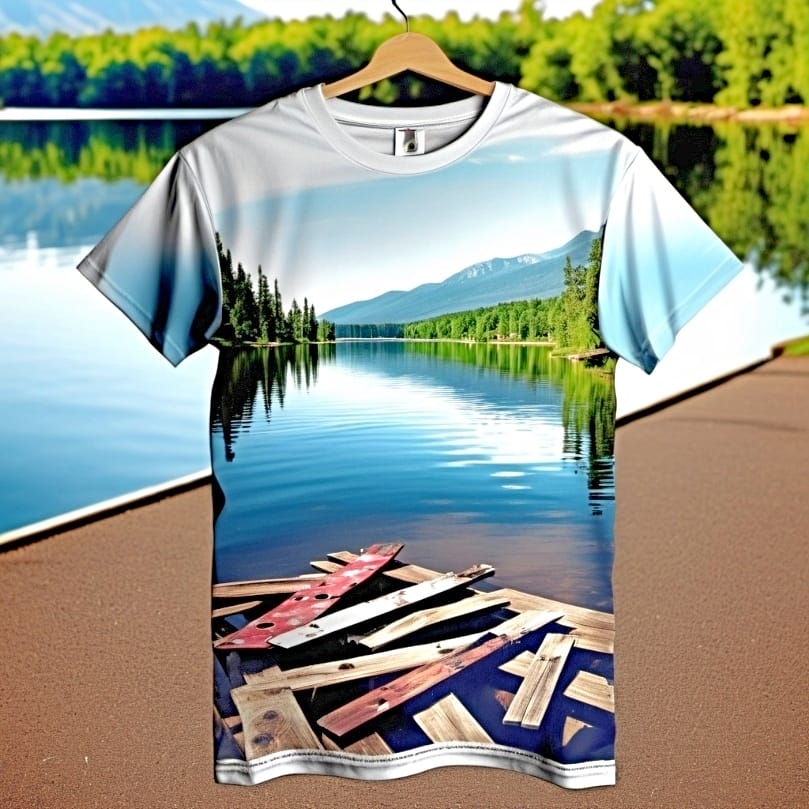
We’ve covered a lot of ground in this post, from understanding what sublimation tie dye is, the materials needed, selecting designs, preparing your shirt, the actual dyeing process, and even exploring the Infusible Ink alternative. The key to mastering sublimation tie dye lies in understanding the process, choosing the right materials, and letting your creativity run wild.
Whether you’re a DIY enthusiast or a novice looking to explore a new craft, sublimation tie dye offers a unique opportunity to create vibrant, long-lasting designs on your favorite garments. So, why not give it a try? Who knows, you might just discover a new passion!
Frequently Asked Questions
Can you do sublimation on tie-dye?
No, you cannot do sublimation on tie-dye. Sublimation and tie-dye are two different techniques with their own processes and materials.
Can you sublimate on ties?
Yes, you can sublimate on ties using a custom dye-based process that results in ultra soft and completely permanent prints, which merge completely into the fabric. This ensures high quality and non-toxic sublimation printing.
What are the disadvantages of sublimation dye?
Sublimation dye is not suitable for natural fabrics like cotton unless they are coated with a polyester layer. Additionally, it can only work with plastic substrates, especially polyester. This might limit its application in certain cases and requires additional cost for the coating process.
Can you heat press tie-dye?
Yes, you can heat press tie-dye shirts using standard instructions for heat transfers.
What is sublimation tie dye?
Sublimation tie dye embeds ink directly into fabric fibers, creating vibrant and long-lasting designs on garments that are sharp and vibrant.
References
- Sharma, A. (2023, November 3). Dye Sublimated Apparel Market: Global industry Analysis and Forecast (2018-2028). https://www.linkedin.com/pulse/dye-sublimated-apparel-market-global-industry-analysis-anuj-sharma-eqjxf/?trk=article-ssr-frontend-pulse_more-articles_related-content-card
- Wikipedia contributors. (2024b, January 23). Lint remover. Wikipedia. https://en.wikipedia.org/wiki/Lint_remover
- Cox, L. K. (2020, October 26). How to Use Photoshop: The Bookmarkable Photoshop Tutorial for Beginners. Hubspot. https://blog.hubspot.com/marketing/how-to-use-photoshop

